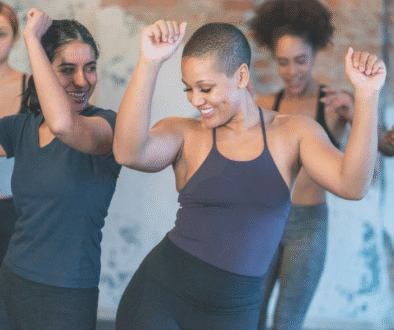How to Build Muscle at 50, According to a Trainer Who Does It
*Read the original article here: https://www.menshealth.com/fitness/a60320645/how-to-build-muscle-at-50/
By Bryan Krahn
NOT THAT LONG ago, guys over 50 were likely to think they should be doing a light jog or a round of golf. But pumping iron? That’s a young man’s game, the thinking went.
Nothing could be further from the truth. I have plenty of clients over 50 hitting the weights hard and building serious muscle. Some are even getting downright jacked and in the best shape of their lives. I, too, am enjoying some of the best workouts of my life at 51. And after three decades of lifting weights, I’m still making slow but steady improvements—especially when I work with the realities of being over 50, rather than try to ignore them. Here’s how you can, too:
Manage Expectations
IT’S MUCH HARDER to build new muscle tissue than it is to maintain what you’ve already built, especially as you get older. If you see a muscular over-50-year-old at the gym, it’s a safe bet he or she built the lion’s share of their size before they turned 40.
But while you won’t be adding pounds and pounds of new muscle every month after 50, it’s still possible to make incremental gains in strength and eventually muscle size, especially if you treat nutrition and recovery as seriously as training. Even a modest amount of muscle gain combined with low body fat levels makes a huge visual impact.
Make Your #1 Workout Goal to Come Back Tomorrow
AFTER AGE 50, avoiding injury replaces progression as your number-one priority. First, that means never working through pain. If something hurts, stop immediately and try a different exercise for the same muscle group, or move onto something else.
It also means moving away from “riskier” exercises towards those with a better safety profile. For example, a barbell shoulder press is a great exercise, but the dumbbell variation with a neutral grip (palms facing) is a lot safer for long-term shoulder health.
Lastly, lighten up the loads. While heavy weights are still the best for strength, studies show that lighter loads in the 6- to 30-rep range will all build muscle equally well, as long as you are working hard during those sets. And lighter weights are easier to handle and pose less risk of injury.
In my training, I always loved doing sets of incline barbell presses for 4 to 6 reps but the wear and tear on my shoulders became too much to endure. After switching to incline dumbbell presses for sets of 12 to 15 reps, my shoulder pain improved almost immediately, replaced by more “good soreness” where I really wanted it: in the pecs.
Keep it Up
THE IDEA THAT older lifters need to work out less is a myth. It’s true that after 50, “use it or lose it” becomes reality, so try to do something every day. That doesn’t mean daily, crushing, weight training workouts, but rather a mix of activities that also makes recovery a high priority.
So while a 25-year-old guy looking to pack on muscle might weight train hard for five days a week, someone over 50 might lift weights three days a week, do a Peloton class on two other days, and maybe swim or play a round of golf or walk on the remaining days.
Put Flexibility First
RIGID TRAINING SPLITS, must-do exercises, and a “go heavy or go home” mindset are all best left to younger lifters. “Keep the consistency streak alive” is the over-50 mantra, and requires a flexible approach to exercise.
In practice, that means having alternative exercises at the ready if what you had planned feels off, or having scaled-back workouts in your back pocket for when you’re forced to use a small hotel gym or even your own body weight.
Flexibility also gives you the freedom to push a weight training workout to tomorrow and go for a brisk walk instead on days you feel like you just don’t physically or mentally have it.
Start Early
OVER-50 TRAINING REALLY begins when you turn 40. Or at least it should. Many lifters approach their 40s with a big chip on their shoulder, attacking the weights harder than even their 20-something counterparts as a way of proving that “age is just a number.” This rarely ends well, and usually leads to entering your 50s injured, frustrated, and humbled.
A much smarter approach is to use your 40s as a transition decade, where you start playing a longer, safer game. That means never working through pain, avoiding or at least limiting high-risk lifts (even if they still feel good today), working harder on mobility, and optimizing lifestyle, recovery, and stress management.
If you don’t get this message until you’re 50, there’s still time to be smart. Just follow the strategies above and you’ll get back on the winning track.



